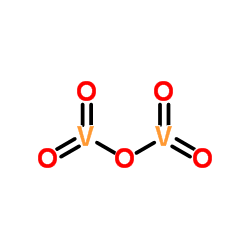| Structure | Name/CAS No. | Articles |
|---|---|---|
 |
Cuprous chloride
CAS:7758-89-6 |
|
 |
divanadium pentaoxide
CAS:1314-62-1 |